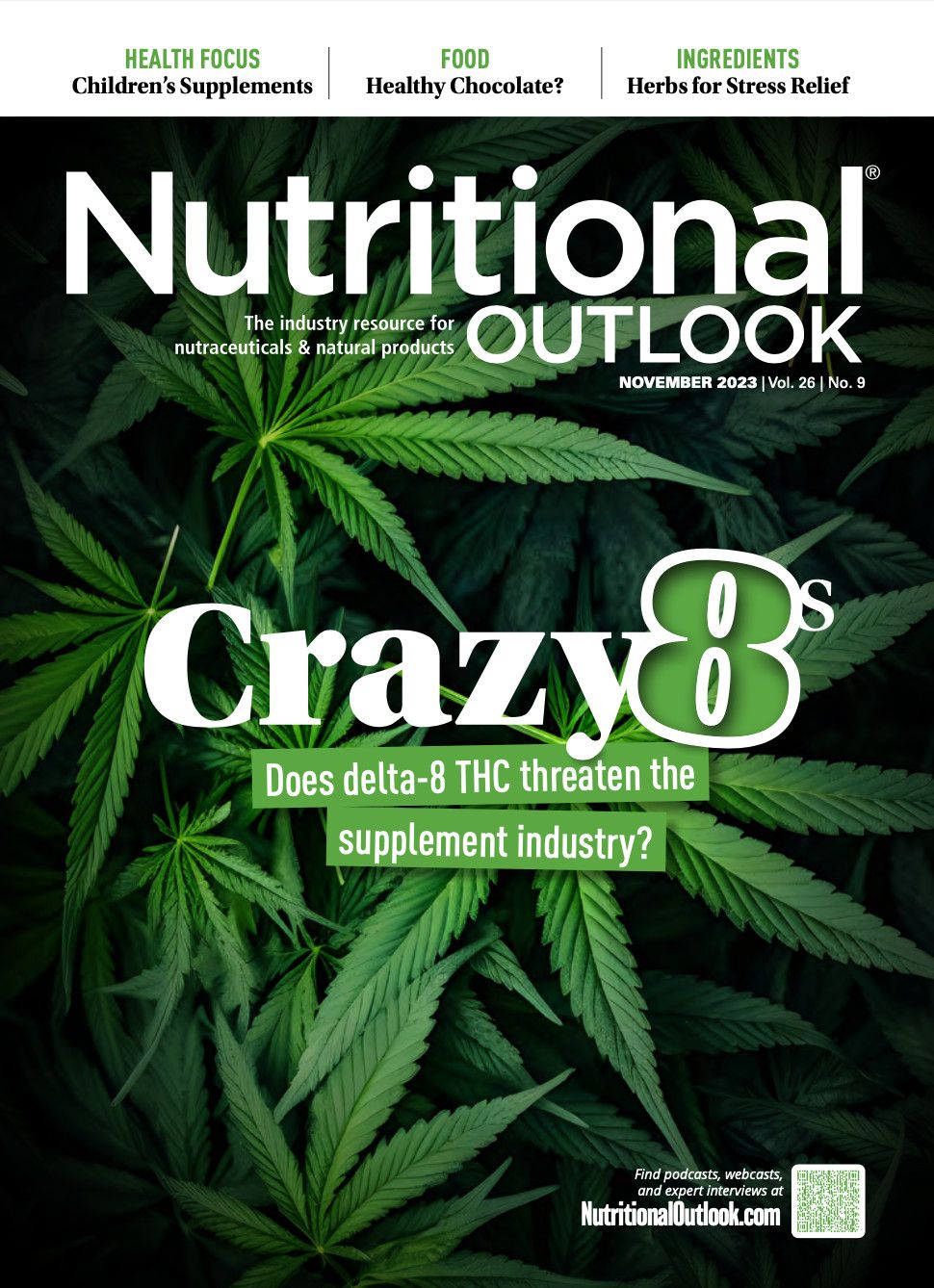How does FTC’s new Health Products Compliance Guidance affect natural product companies?
Here’s what the new guidance entails.
FTC released its revised Health Products Compliance Guidance in December 2022, and the guidance contains some important changes for natural products brands to be aware of. There’s plenty to unpack from this latest update, from changes to claims evaluation, endorsements, and testimonials to strengthening evidence standards and more. Here’s what health products brands need to know about this regulatory update.
Key Updates to FTC’s Guidance
FTC has made several major updates to its guidance as a whole as well as to key elements of the Health Products Compliance Guidance. The new guidance reiterates and expands upon the basic advertising principles for health products, says Claudia A. Lewis, co-chair of the FDA Group at law firm Venable LLP (Washington, DC). In this new guidance, FTC has updated its method of identifying and interpreting claims, as well as the scientific evidence needed to support such claims.
“The 2022 guidance expands beyond dietary supplements to all manner of health products,” Lewis explains. “This includes cosmetics, food, OTC drugs, and some medical devices. The new guidance also updates several topics related to how claims are substantiated, the adequacy of clinical studies and interpretation of study results, and consumer testimonials and expert endorsements.”
Broadly speaking, Lewis says the new guidance dictates that advertisements must be truthful and not misleading and must be substantiated by competent and reliable scientific evidence.
Claims Evaluation Undergoes a Pivot
While FTC’s guidance has previously required claims to be substantiated, there are several key changes to the new guidance with some important nuances. The substantiation standard, for instance, has now been elevated, Lewis says. For example, clinically tested ingredient now implies that test results proved a benefit and not just that an ingredient underwent testing.
Furthermore, statements like “scientists now agree” are deemed to convey a level of scientific consensus. Lewis notes that the new guidance holds “clinically tested” claims to a high bar of substantiation.
Claims evaluations have also changed in other important ways. Disclosures must be clear and conspicuous, and video ads must use both visual and audio disclosures. Social media disclosures must be prominently displayed and cannot consist of hyperlinks. Qualifying terms like promising, pilot, and preliminary are considered positive and do not operate as disclaimers. Perhaps most importantly, linking to third-party literature may not prevent FTC or litigators from holding the marketer accountable for claims substantiation.
Moreover, the guidance changes how “traditionally used” claims are evaluated. “Claiming a product has been traditionally used for some purpose could trigger several disclosure and qualification requirements, for instance, including that there is no scientific basis for the traditional use,” Lewis explains. “FTC has even suggested conducting consumer copy tests to demonstrate understanding of the claim.”
Endorsements and Testimonials Get a Closer Look
The new guidance doesn’t just touch on claims; endorsements and testimonials are also under the microscope. The updated guidance makes it clear that advertisers shouldn’t make claims through endorsements or testimonials that could be considered deceptive or unsubstantiated if made directly, Lewis says.
“When using an expert endorser, the advertiser must ensure that the expert is appropriately qualified in a clear and conspicuous manner and has examined or tested the product,” Lewis says. “There’s no set formula for ‘clear and conspicuous,’ but advertisers should consider placement, proximity, prominence, and presentation.”
Disclosures are required if an ad makes express or implied claims that are likely to be misleading if certain qualifying information is withheld, Lewis adds. And remember: a disclosure cannot cure a false claim; it can only limit or qualify a claim to avoid a misleading impression. FTC prefers the disclosure to be in the primary text; otherwise, it must be clear and conspicuous. Finally, Lewis says, any personal or financial connection that could affect the weight or credibility of an endorsement must be disclosed.
Homeopathic Drugs Get Claims Guidance
FTC now considers homeopathic drugs to be healthcare products. Thus, homeopathic products are now regulated under the Health Products Compliance Guidance. Lewis says several key aspects of homeopathic drugs have attracted FTC’s attention.
“Homeopathic products often include ‘traditional use’ claims, which is a continuing priority for FTC under the guidance,” Lewis explains. “These are claims that discuss the long history of use of a product as a traditional medicine. In making such claims, FTC, of course, continues to apply the ‘competent and reliable evidence’ standard.”
The updated guidance now adds new expectations for disclosures, Lewis says. Traditional-medicine claims must clearly identify a historic or traditional use and ensure the product is consistent with that use. Furthermore, the traditional-medicine claim must disclose that there is no scientific basis for the product’s traditional use.
Guidance Strengthens CARSE Standard
The Competent and Reliable Scientific Evidence Standard (CARSE) is a longstanding rule that has historically permitted full and careful consideration of a wide range of scientific evidence. Now, though, the CARSE Standard is gaining more weight. Under the new guidance, studies need to meet certain criteria with respect to control group, randomization, double blinding, statistically significant results, and clinically meaningful results, Lewis says.
“FTC now explains that generally, ‘substantiation of health-related benefits will need to be in the form of randomized, controlled human clinical testing to meet the competent and reliable scientific standard,’” Lewis explains. “Still, the general substantiation rules still apply; an advertiser must have objective evidence to support its claim.”
Importantly, the CARSE Standard still requires that studies used to support claims align with the dosage amount and type of ingredient in the product. Now, though, the quality of studies relied upon is also a focus of FTC. This means FTC will evaluate studies based on control group, randomization, double blinding, statistically significant results, and clinically meaningful results.
“To determine if a result is clinically meaningful, FTC will consider clarity of the protocol, submission of the protocol to an institutional review board (IRB), registration of the clinical trial in a public database, duration of the study, dropout rates, noncompliance, dose-response relationship, and more,” Lewis says. “FTC will now likely place a greater emphasis in its evaluation of a company’s substantiation on the quality, type, and amount of substantiation, as well as the extent to which that substantiation relates to the claims being made.”
Brands Must Act Now to Comply
With FTC’s new Health Products Compliance Guidance come a variety of new obligations for nutritional supplement brands. Claims evaluations are now more robust, endorsements and testimonials have added caveats, and the CARSE standard now has more specific regulations that must be followed.
Lewis recommends that supplement brands perform a review of product claims, prioritized based on product revenue, to ensure each claim is supported by CARSE. Brands should also review any testimonials and endorsements to ensure they comply with the new regulations. With a little bit of vigilance, brands can navigate the new guidance and ensure their marketing remains compliant.

HHS announces restructuring plans to consolidate divisions and downsize workforce
Published: March 27th 2025 | Updated: March 27th 2025According to the announcement, the restructuring will save taxpayers $1.8 billion per year by reducing the workforce by 10,000 full-time employees and consolidating the department’s 28 divisions into 15 new divisions.























